A true temple of Romanian religious rural art from past centuries can be found in the charming village of Sibiel, located just 20 km from the city of Sibiu and part of the Mărginimea Sibiului ethnographical area. One of the richest and most beautiful collections of glass painted icons in the world, it presents a world filled with authentic beauty and pure spirituality, deeply rooted in the souls of simple people from the villages of old Romania. Entering this unique museum, travelers will encounter another dimension, surrounded by an impressive artistic heritage, with sometimes naive and rudimentary art, yet always fascinating. Lost between the old Saxon houses and narrow streets of Sibiel village, the courtyard of the Holy Trinity Church (1765-1767) also houses the building of the museum established by the restless priest Zosim Oancea, who gathered old glass icons from the villages of Transylvania throughout many decades starting with 1969. Most of the over 600 glass painted icons of the museum come from donations made by simple village people. There are many things to talk about the priest Zosim Oancea, who passed through the experience of communist prisons and workcamps for 15 years, but visitors can know more by discovering the museum he created and the church he helped to preserve.

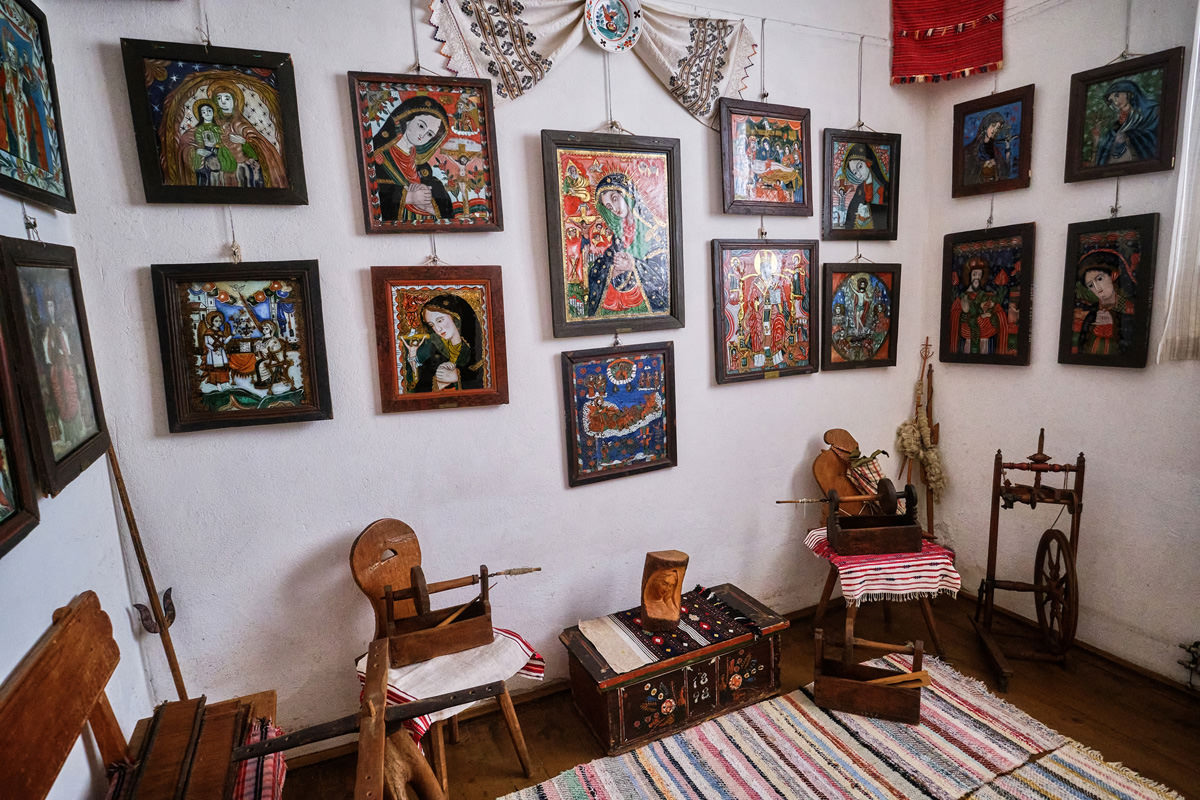
To the surprise of many, the icons are actually painted under the glass and not on the glass, an ingenious technique that required drawing mirrored contours, followed by the foundation of the icon, thus protecting it through the glass screen on the exterior and a pine wood panel behind it. Most of these masterpieces of rural religious art were created by simple peasants and not veritable painters, using natural materials and pigments for the colors. Sometimes, thin sheets of gold or silver were incorporated in the painting. This unique style of icon painting first appeared in the village of Nicula of northern Transylvania, then spreading through the rest of the region, with several centers of glass painted icons appearing in Transylvania and beyond. All of these areas (Nicula and Northern Transylvania, Mureș Valley, Făgăraș Country, Brașov Area, Alba Iulia and Sebeș Valley, Mărginimea Sibiului) are represented inside the museum, each with its own unique features. Apart from the priceless heritage of painted icons, the museum of Sibiel ale preserves other ethnographical exhibits, including traditional costumes, old books and furniture, ceramics and painted eggs. The old church located in the same courtyard is also an impressive historical monument, the original painting being done by renowned painters from Rășinari village, a masterpiece of religious art. The old frescoes were saved and brought back to light with the effort of the priest Zosim Oancea. Sibiel itself is a fascinating village, located in a charming natural area at the foot of the Cindrel Mountains and still preserving its authentic atmosphere.


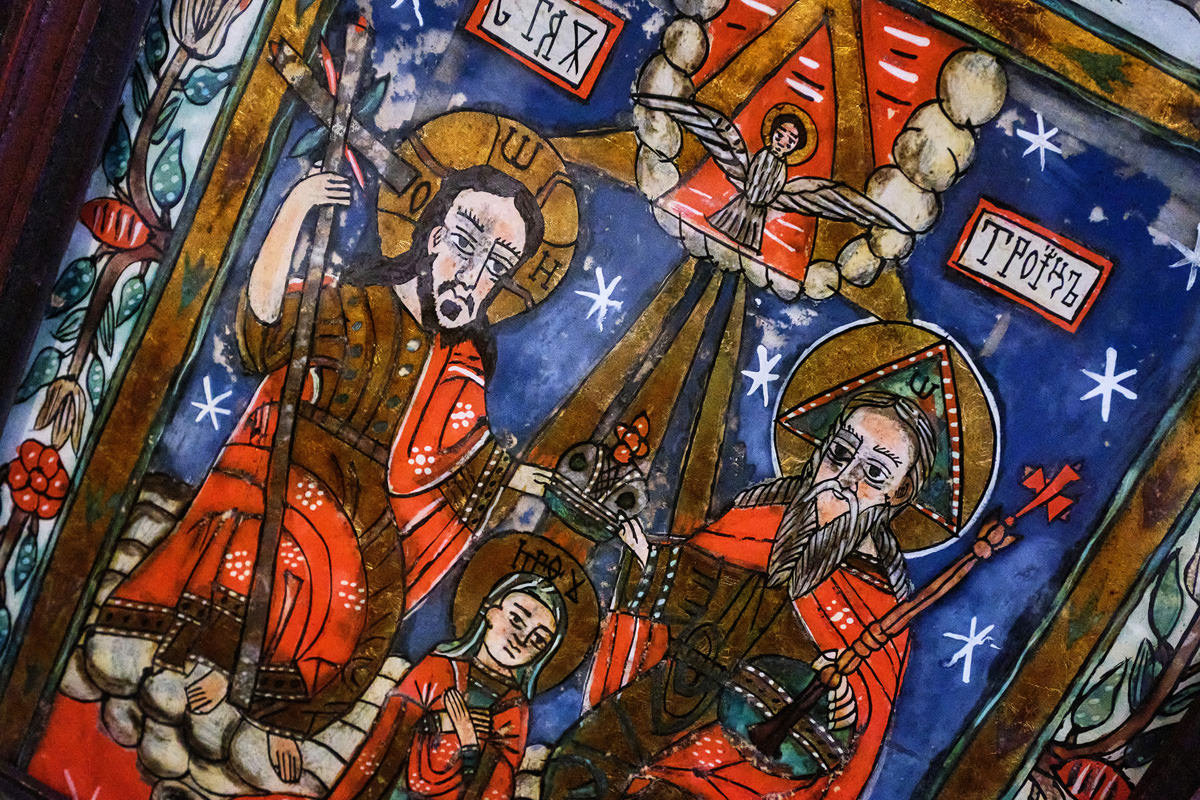
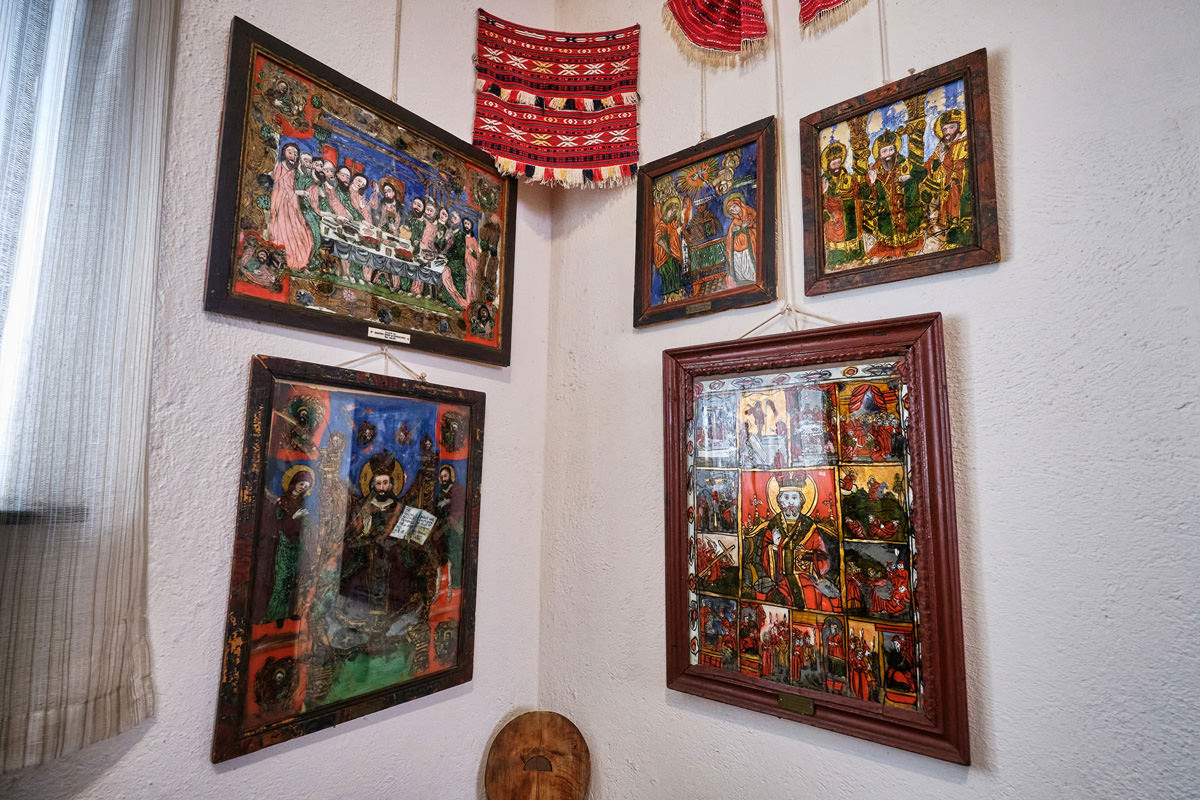
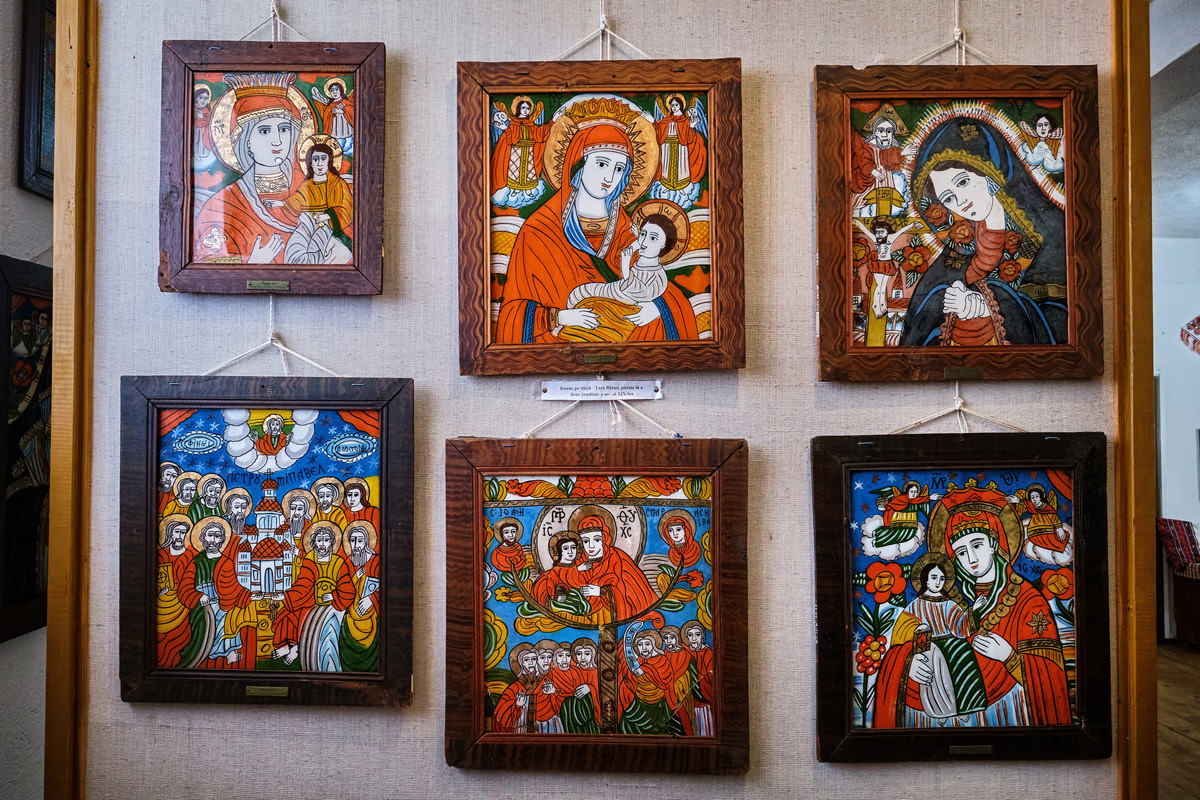

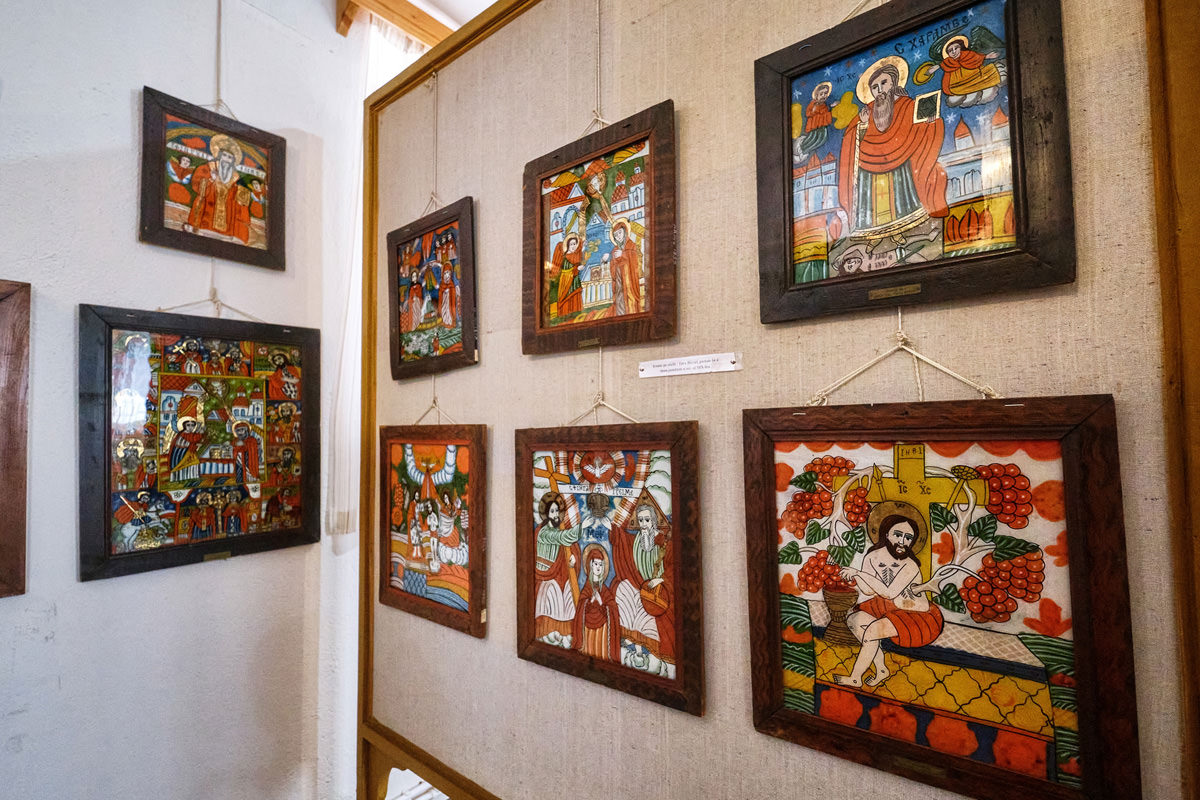

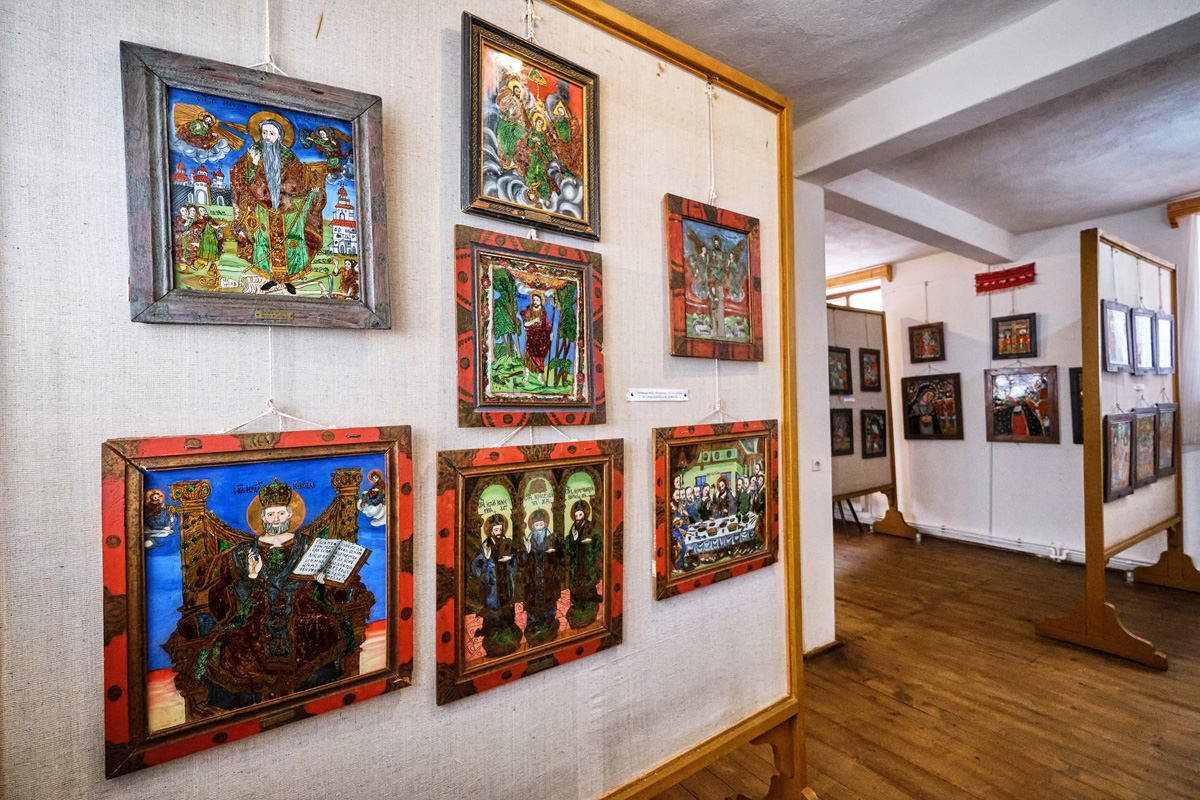



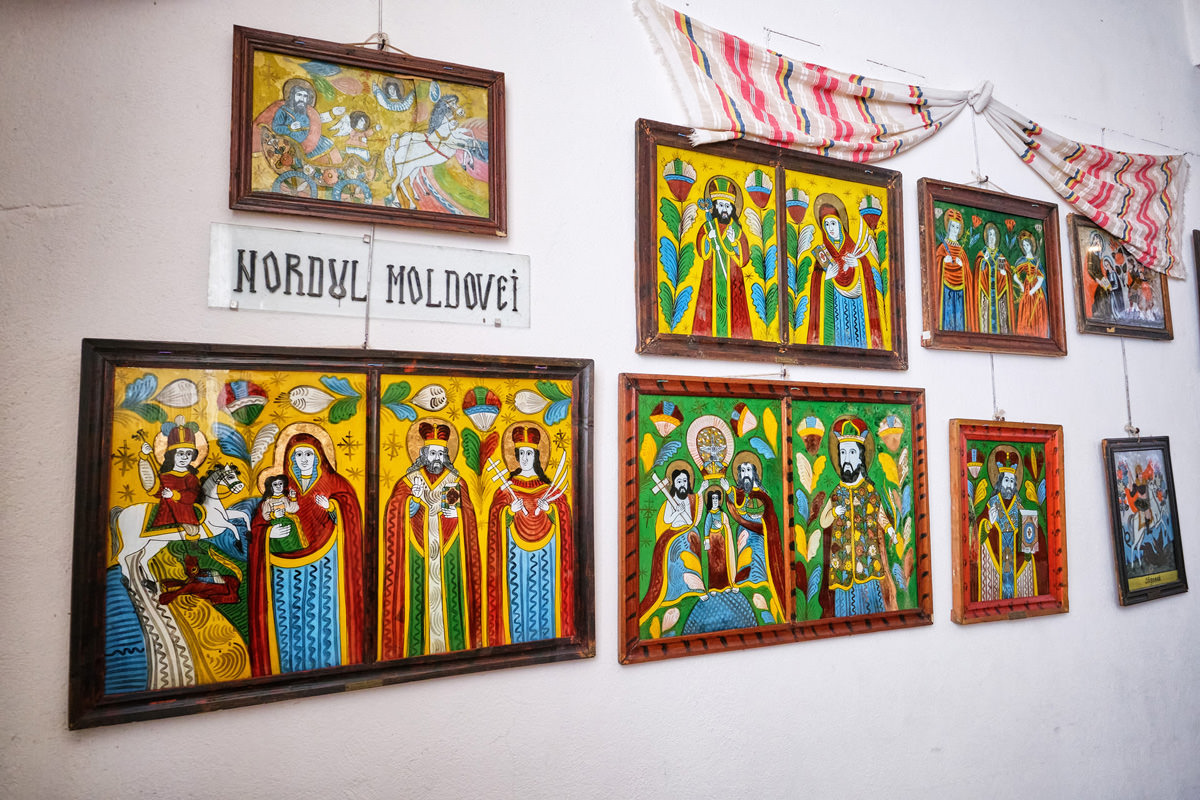




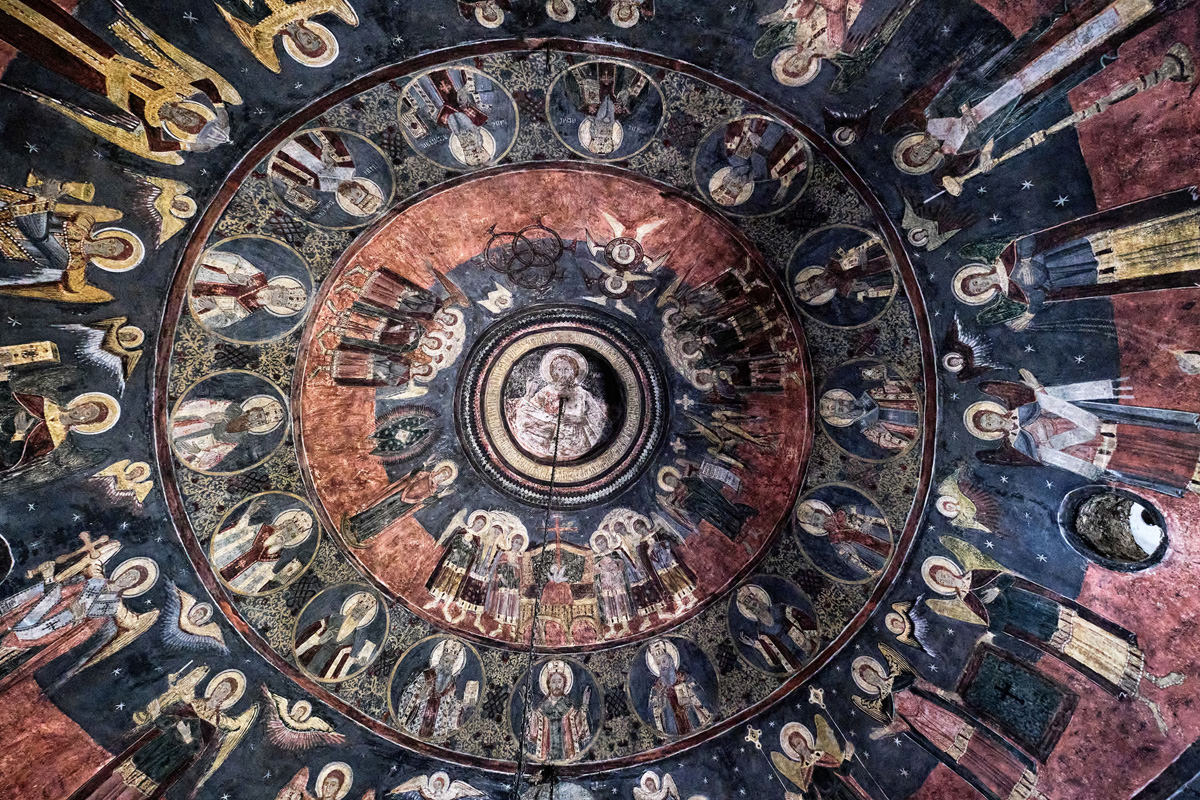
Best Accommodation in Sibiel Village
Sandra Guesthouse 3*
9.7 Rating from 80 Reviews!
This beautiful guesthouse is located just a few minutes from the museum of Sibiel and offers excellent rooms with private bathrooms, some with a kitchen, also featuring a terrace, shared kitchen, shared lounge and barbeque!
Old House 3*
9.7 Rating from 26 Reviews!
This amazing traditional guesthouse is located in the center of Sibiel village, offering three bedrooms, two bathrooms and a kitchen, as well as a shared lounge, garden, terrace, free wireless internet and private parking!
Sibiel Guesthouse 3*
9.0 Rating from 442 Reviews!
Located in a superb valley south of the village of Sibiel, surrounded by mountains, yet close to the museum. It features comfortable and uniquely decorated rooms with all amenities, traditional Romanian restaurant and a sauna!